There is a sad truth that germs and bacteria can thrive anywhere in our house from the toilets to the kitchen. Bleach is one of the most common disinfectants that are used to eliminate mold
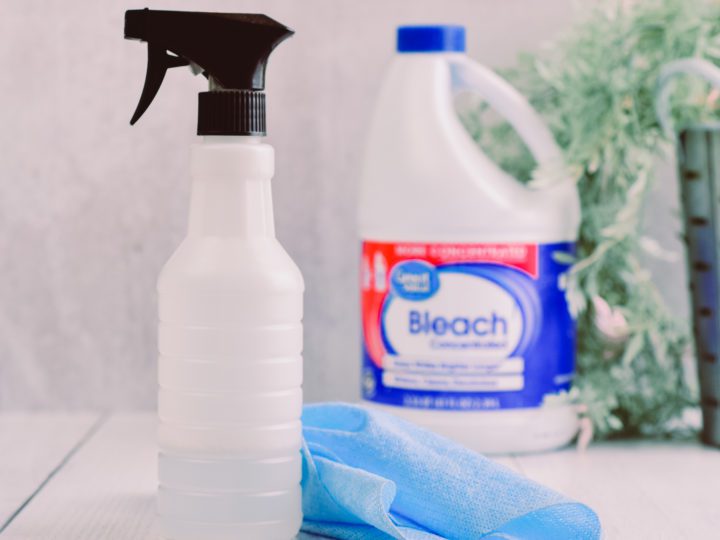
There is a sad truth that germs and bacteria can thrive anywhere in our house from the toilets to the kitchen. Bleach is one of the most common disinfectants that are used to eliminate mold and disease-causing germs. However, you must be aware of the safe bleach to water ratio for sanitising in order to prevent the bleach from damaging your home appliance. In this article, Sparkling and Beyond will recommend several bleach disinfectant dilution ratios that are most suitable for cleaning food-contact items or non-food-contact items.
First of all, clean the surface of the items with water and soap to remove dirt and debris before sanitising. It is critical to read and follow the safety instructions on any product you use.
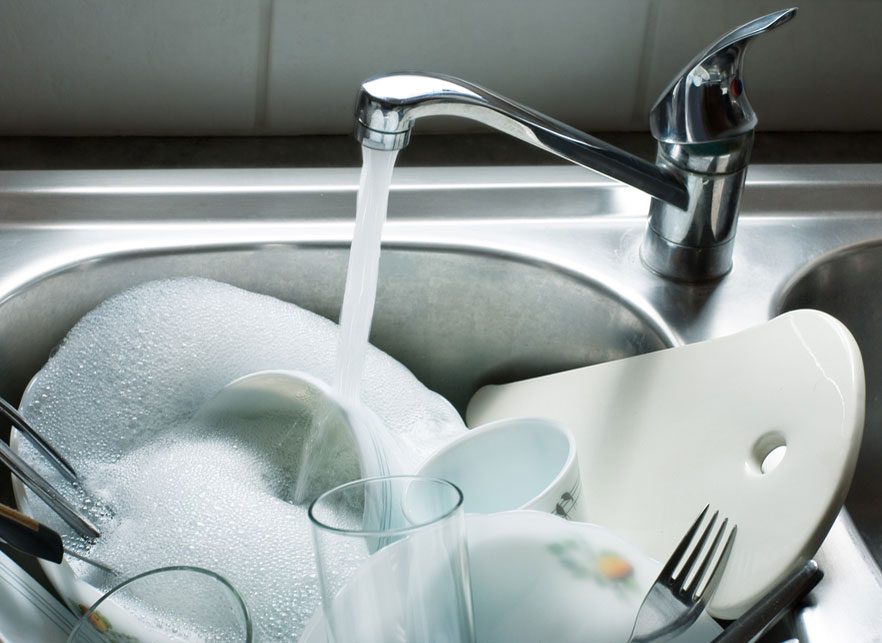
Caution: Below are some important safety guidelines when using sanitizing products:
Definition: In chemistry and biology, the dilution ratio is the ratio of solute to solvent. It is often used for simple dilutions, one in which a unit volume of a liquid material of interest is combined with an appropriate volume of a solvent liquid to achieve the desired concentration. The diluted material must be thoroughly mixed to achieve the true dilution. For example, in a 1:5 dilution, with a 1:5 dilution ratio, entails combining 1 unit volume of solute (the material to be diluted) with 5 unit volumes of the solvent to give 6 total units of total volume. (Source: Wikipedia)
This ratio is different between bleaches so you must read the instructions carefully to have a sufficient dilution ratio. In this article, we will recommend you some suitable dilution.
For cleaning, sanitizing, and disinfecting no food-contact surfaces such as bathtubs, sinks, faucets, tile, etc, the dilution bleach to water ratio should be 1:32.
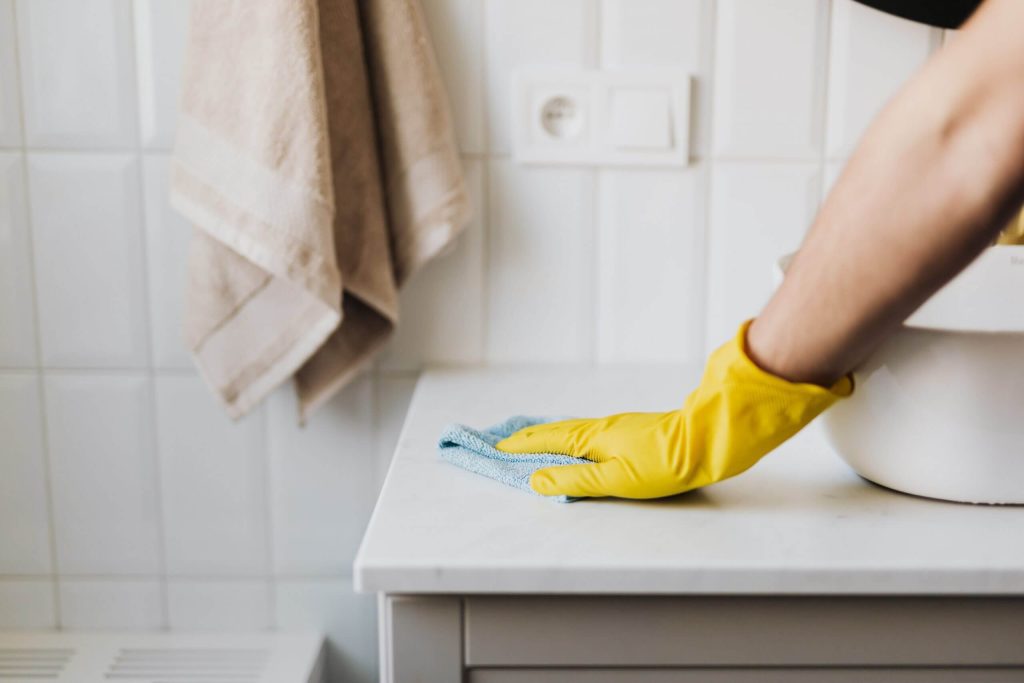
Using a mop for floors or a clean rag for other surfaces, carefully dip into the solution and wring the mop or rag out. Wipe the surface in sweeping motions. Go in a back and forth pattern to make sure you cover the whole area.
Caution: Avoid cleaning wood, leather, canvas, or carpet with bleach as it will stain and fade this type of porous surface.
Bleach to water ratio for sanitizing dishes, ratio of bleach to water for sanitizing cutting boards (excepting wood cutting boards), bleach to water ratio for sanitizing beer bottles and other things in the kitchen as well as the bleach to water ratio for sanitizing baby bottles may be the same as they are all food-contact Items. The recommendation ratio is 1:285.
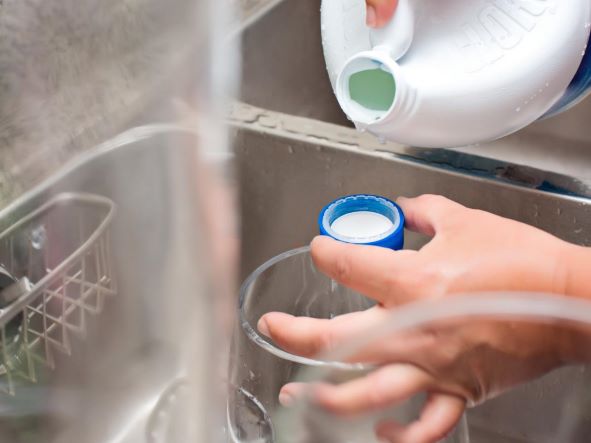
Soak the cleaned items into the solution for at least 2 minutes. If you let the bleach dry naturally on the surface, it can leave residues. Therefore, it is compulsory to rinse all the items with clean water and dry them with a clean rag to make sure nothing is left after sanitising.
Fabric, especially, the coloured fabric can be faded or flabby because of the excessive harsh bleach. Therefore, we suggest that you should apply one drop of the solution to a hidden spot on the fabric. Wait for one minute and then blot the spot dry with a white cloth. If the color does not bleed or fade, it should be safe to use bleach on it. For clothing, we advise you to dilute bleach at the ratio of 1: 10 – 1: 12 which is suitable for most types of fabric.
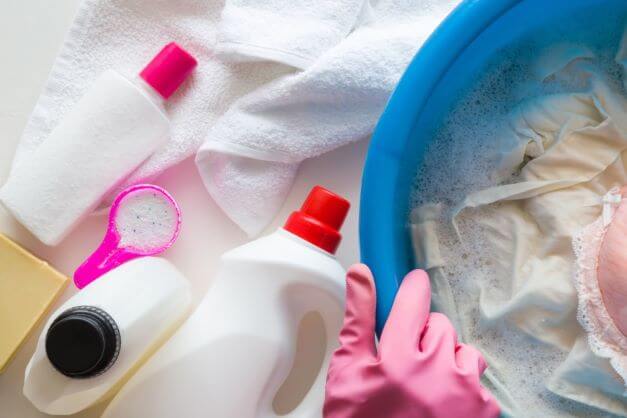
Choose a hem for shirts you tuck in and an inseam or spots around the waist on pants. It’s also possible to check the tags on clothes. There will be a warning if the clothes are sensitive to bleach.
Chlorine products are now used widely in cleaning as they not only eliminate visible dirt such as mold and stains but also kill disease-causing germs. Its power is both its strength and weakness as people must be aware of the suitable bleach to water ratio for sanitising different materials and surfaces. With all the information above, Sparkling and Beyond hope that making a cleaner solution won’t be a difficult task. Not only that, we also share many helpful cleaning tips for your house on our website that are now being practiced by our excellent cleaning service department. We understand that cleaning a bathroom, swiping the whole house’s floors, cleaning home facilities have never been preferred works but it is unignorable. Our enthusiastic staff always desires for helping many people stay away from boring household chores so that we can have more time to enjoy life. Let our well-trained cleaning experts take care of your house, you may be surprised how things change.
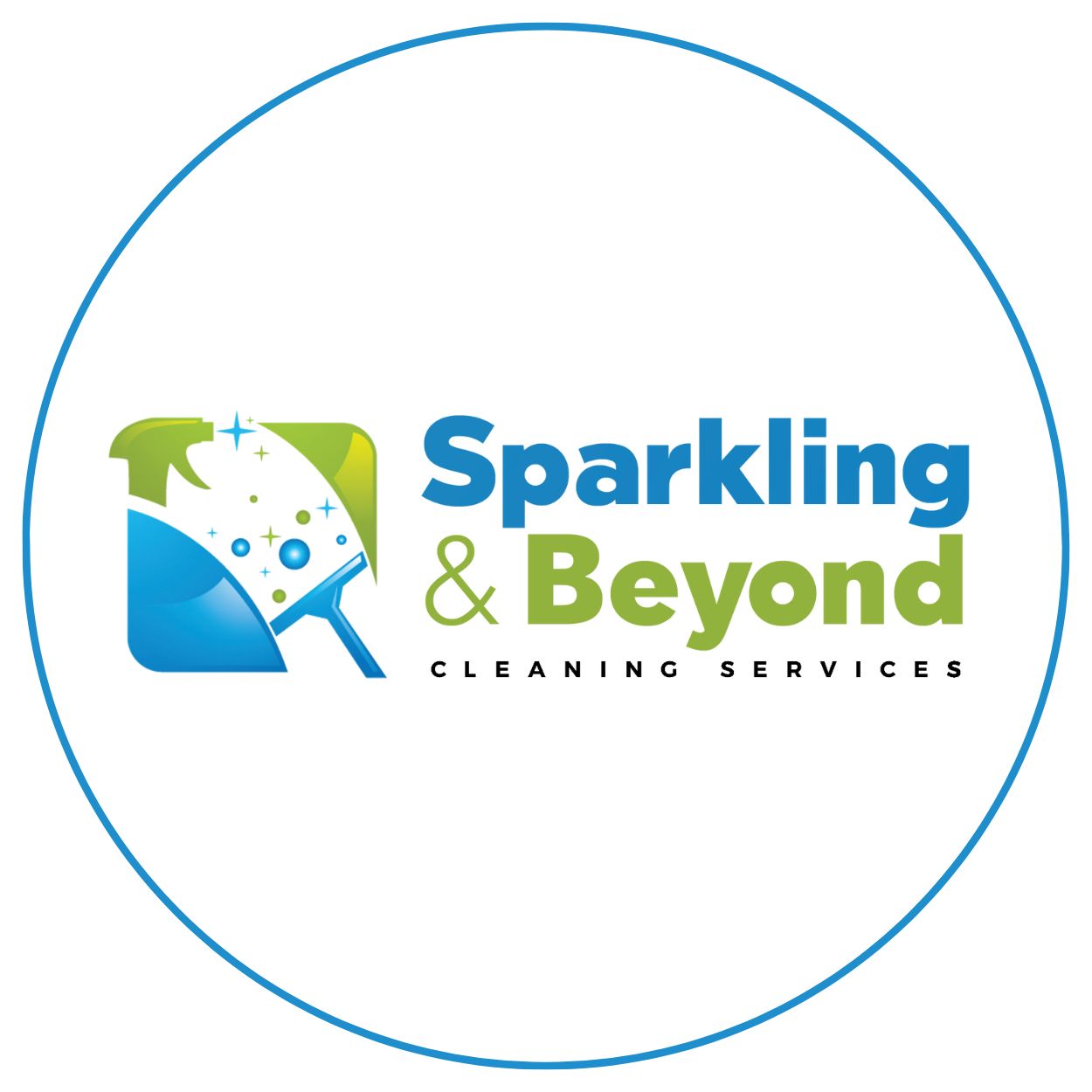
As the admin of Sparkling & Beyond, I bring a wealth of knowledge and passion for excellence in the cleaning industry. With years of experience in providing top-notch cleaning solutions, I am dedicated to sharing valuable insights and tips to help maintain pristine and healthy living environments. My mission is to ensure every home and office we service sparkles with cleanliness and comfort.
![]()
this is very helpful posts , thank you so much